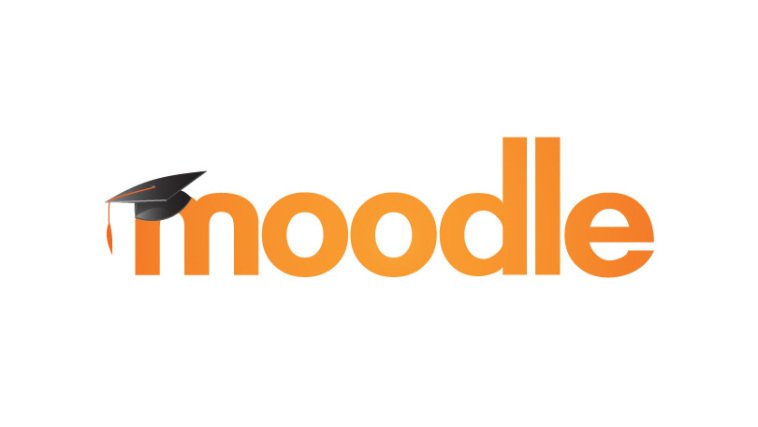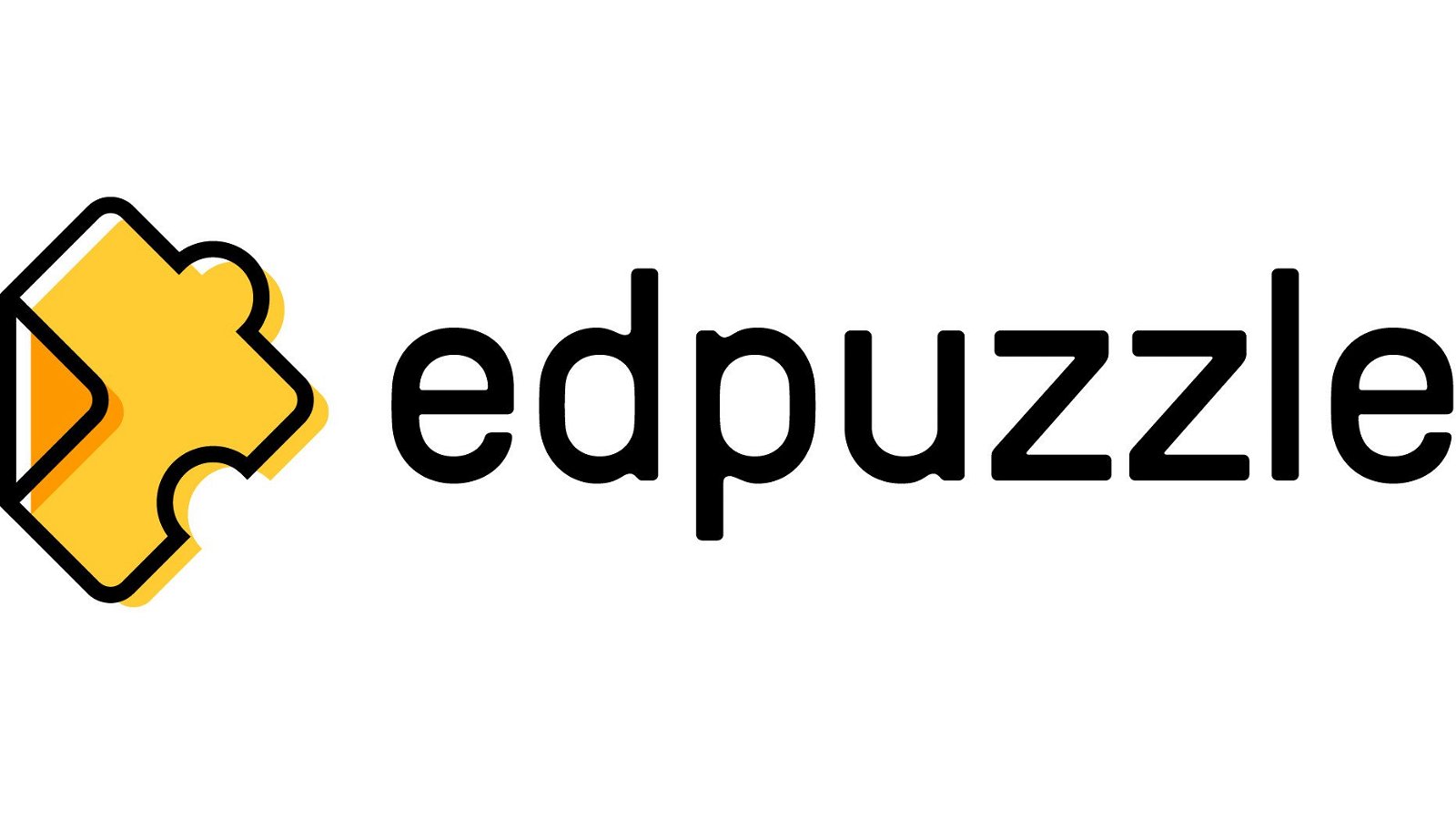Online education, also known as e-learning or virtual learning, refers to the use of the Internet and digital technologies to deliver educational content and facilitate learning remotely. In an online education environment, students and instructors are not physically present in a traditional classroom; instead, they interact through various online platforms and tools.
Online education has become increasingly popular, and there are numerous tools available to facilitate course management, virtual classrooms, and student engagement.
Here are seven essential tools for online education:
Table of Contents
ToggleLearning Management System (LMS)
1. Moodle

Moodle is a widely used open-source LMS that offers a robust set of features for course management. Instructors can create and manage courses, upload content, and track student progress. It also supports quizzes, discussion forums, and grading.
Virtual Classroom Platforms
2. Zoom
Zoom has gained popularity as a virtual classroom platform due to its ease of use and features like video conferencing, screen sharing, breakout rooms, and chat. It’s great for synchronous learning sessions.
3. Google Meet
Integrated with Google Workspace, Google Meet is a video conferencing tool that’s suitable for virtual classes. It supports screen sharing, recording, and real-time collaboration on Google Docs and Sheets.
Content Creation and Sharing
4. Microsoft Office 365 or Google Workspace
Microsoft Office 365 or Google Workspace suites provide tools like Word, PowerPoint, Google Docs, and Google Slides for creating and sharing course materials. They also offer collaborative editing features for group projects.
Also Read: Create Virtual Classrooms With LearnDash
Student Engagement Tools
5. Edpuzzle

Edpuzzle allows instructors to create interactive video lessons. Students can watch videos and answer questions embedded within the video, promoting active engagement with the content.
6. Kahoot!
Kahoot! is a game-based learning platform where instructors can create quizzes, surveys, and interactive challenges to gamify the learning experience and enhance student participation.
Collaboration and Communication
7. Slack
Slack is a team communication platform that can be used to facilitate discussions, group projects, and communication between students and instructors. It’s particularly useful for asynchronous communication.
8. Microsoft Teams
Part of Microsoft 365, Teams offers chat, video conferencing, file sharing, and integrations with other Microsoft apps, making it a comprehensive tool for communication and collaboration.
Assessment and Grading
9. Turnitin

Turnitin is a plagiarism detection tool that can help instructors ensure the integrity of student submissions. It also provides tools for providing feedback and grading assignments online.
Also Read: Why To Create A Virtual Classroom?
10. Gradescope
Gradescope streamlines the grading process for assignments and exams, allowing for efficient grading, rubric-based assessment, and digital feedback.
Analytics and Reporting
11. Learning Analytics Platforms
Tools like Blackboard Analytics or Canvas Analytics provide insights into student engagement, performance, and course effectiveness. Instructors can use this data to make informed decisions about their teaching strategies.
These tools can be used in combination to create a comprehensive online education environment that promotes effective teaching, active learning, and student engagement. The choice of tools may depend on factors such as budget, institution requirements, and the specific needs of the course or program.
Create your e-learning website with
The Edufire WordPress Theme is an excellent choice for building a wide range of educational websites, including LMS websites, eLearning platforms, university websites, school websites, college websites, training center websites, kindergartens, online course platforms, and more. This versatile theme is specifically designed for educational purposes and seamlessly integrates with the LearnDash LMS plugin, offering a robust set of features for creating and managing courses effectively.
Conclusion
In conclusion, the availability of a diverse range of tools for online education has transformed the way we teach and learn in virtual settings. From Learning Management Systems (LMS) like Moodle for course management to virtual classroom platforms like Zoom and Google Meet for real-time interaction, and engagement tools like Edpuzzle and Kahoot!, educators now have a rich toolkit to create engaging and effective online learning experiences. These tools, when used strategically, can enhance student engagement, streamline administration, and ultimately contribute to the success of online education. Additionally, collaboration and communication tools, assessment aids, and analytics platforms further enrich the online education landscape, empowering instructors to adapt and excel in this digital learning era.
Interesting Reads:
E-Learning vs. Classroom Learning: Choosing a Better Alternative
How To Create Engaging eLearning: Highly Effective Strategies For e-Learning Professionals








